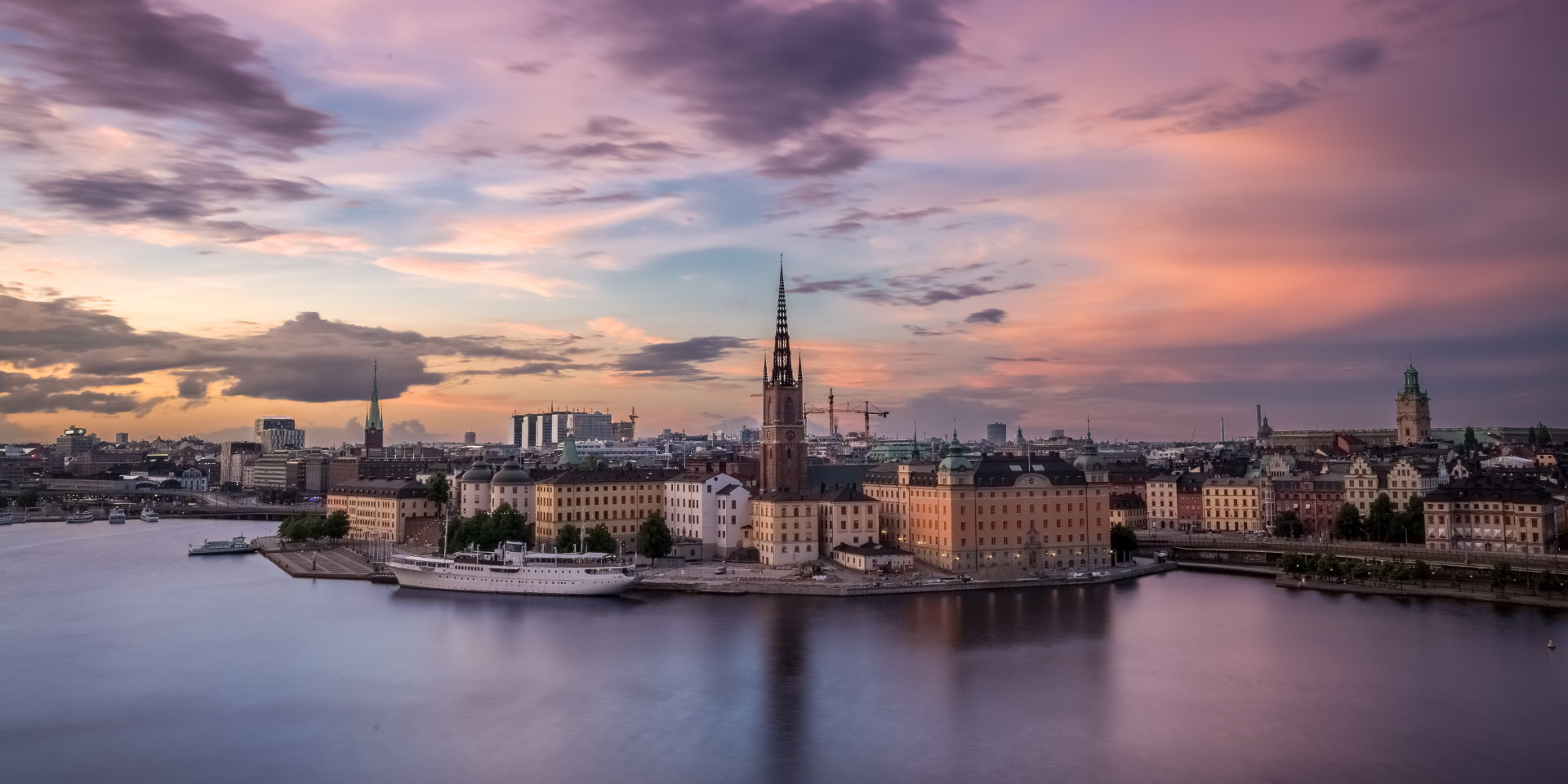

Stockholms Län
The metropolitan area of Stockholm
The province Stockholms Län is located on the coast of the Baltic Sea in Central Sweden (Svealand) and stretches from west to east across the lake Mälaren, the Swedish capital Stockholm and the approximately 24,000 islands of the Stockholm archipelago.
Stockholms Län is the middle of the three central Swedish coastal provinces on the Baltic Sea and borders on the province Uppsala Län in the north and on the province Södermanlands Län in the south, while the Mälaren and the Baltic Sea form the natural boundaries on the west and east side.
In relation to the area, Stockholms Län belongs to the smaller Swedish provinces with about 6,500 square kilometres, but is the most populated region in Sweden. With a population of about 2.4 million, the province represents over 20 percent of the total Swedish population and has a population density of almost 360 inhabitants per square kilometre.
The entire province of Stockholms Län is part of the metropolitan area and is also known as Storstockholm (Great-Stockholm). The region is also the economic centre of the whole country and accounts for almost one third of Sweden's gross domestic product.
The landscape in Stockholms Län is characterised by a constant alternation between low wooded hills and valleys with lakes, moors and loamy soils. With only 111 meters, the Tornberg in the nature reserve with the same name is the highest elevation in the region. One of the longest ranges of hills is the 60 kilometre long, north-south running Stockholmsåsen, which runs also through the city centre of Stockholm.
The coast of the province is very rugged and has a large number of small and large bays. Off the coast is the largest island archipelago in Sweden, the picturesque Stockholm archipelago consisting of around 24,000 islands and islets. It extends north-south along the coast for a distance of about 150 kilometres and extends far into the Baltic Sea, with the outermost islands about 80 kilometres away from the mainland.
The interior of the province is rich in mostly small lakes. The largest lake is the 23-square-kilometre Erken in the municipality of Norrtälje, followed by the almost 17-square-kilometre Magelungen in the municipality of Stockholm.
The Mälaren, the third largest lake in Sweden with an area of almost 1,100 square kilometres, is virtually out of competition. The Mälaren valley and the lake with its over 7,500 islands and rugged coast are considered the birthplace of the Kingdom of Sweden. It was here, where the Svear founded the Sveariket/Sverige (Kingdom of the Svear) around 600 A.D., the first unified empire on Swedish soil.
While the religious center of the empire was a little further north in Gamla Uppsala (Old-Uppsala), the secular center was first on the island of Helgö in the Mälaren and was replaced by the famous Viking city Birka on the island of Björkö around 750. The Mälaren reaches the city area of Stockholm and its two outflows Norrström and Söderström surround the historic old town Gamla Stan on their way into the Baltic Sea.
Although the province of Stockholms Län is very densely populated by Swedish standards, nature is never far away. Even in downtown Stockholm with its forests in the district Djurgården or on the sparsely populated islands of the archipelago.
There are over 300 nature reserves that protect the special features of regional flora and fauna as well as the approximately 200 hectare Ängsö national park on the archipelago island Ängsö and the almost 2,000 hectare Tyresta national park south of Stockholm.
The largest city in Stockholms Län and its provincial capital is the Swedish capital Stockholm with about 1.5 million inhabitants. Founded in 1252 on the island of Stadsholmen, the present area of the picturesque old town of Gamla Stan, Stockholm is Sweden's largest city as well as in the rest of Northern Europe and the political, cultural and economic centre of the country.
The second most populous area is Upplands Väsby och Sollentuna, which borders Stockholm to the north and has more than 140,000 inhabitants. However, this is a construct of the Central Statistical Office, which mathematically merged districts from the municipalities of Stockholm, Sollentuna, Solna and Upplands Väsby into one city.
The next largest cities within the province are the industrial city Södertälje with nearly 73,000 inhabitants and Lidingö with about 44,000 inhabitants.




